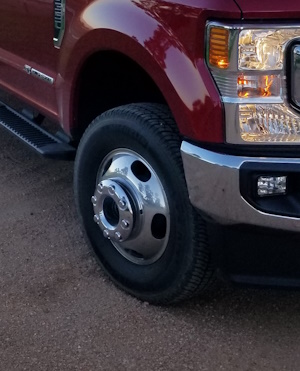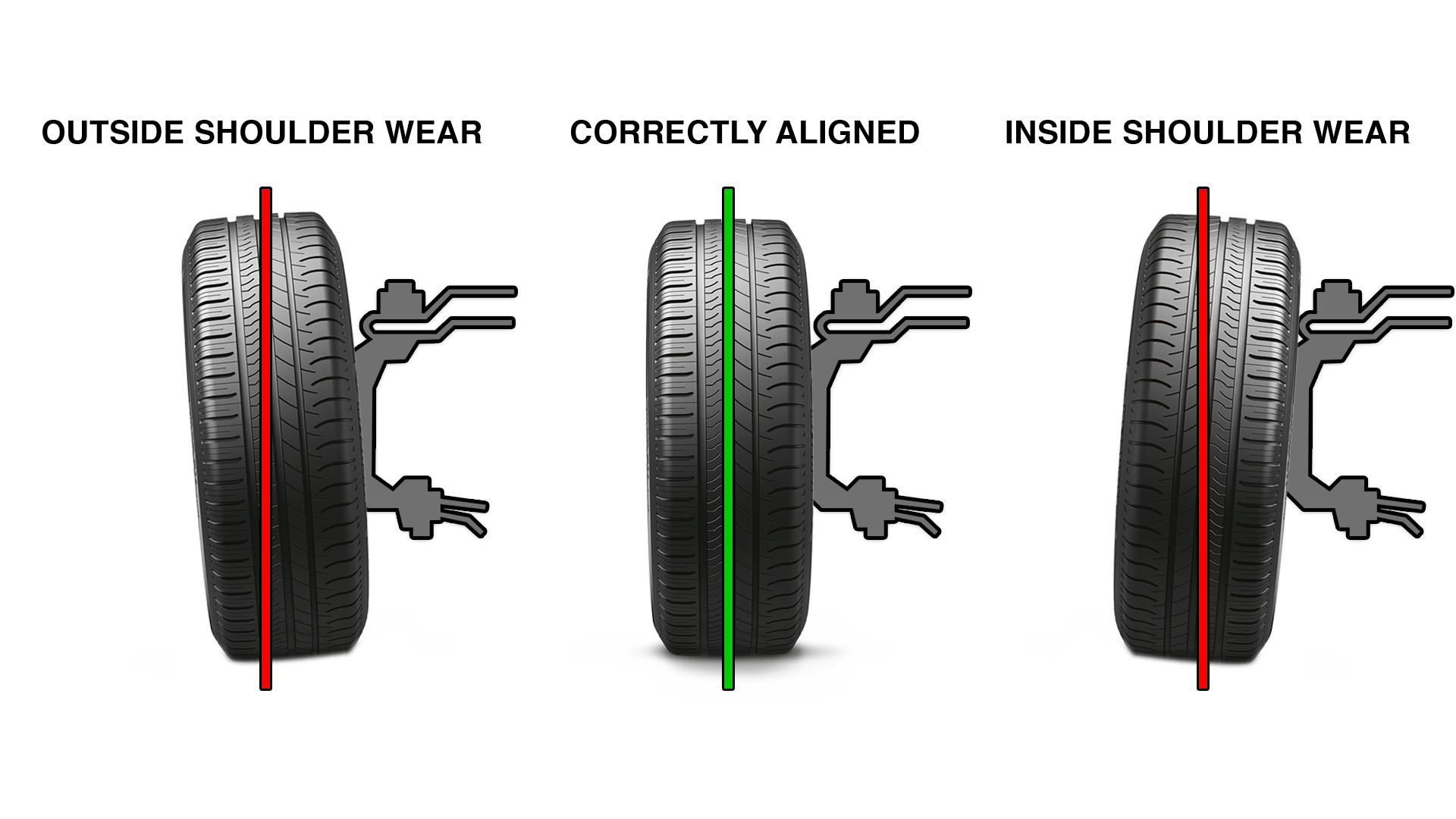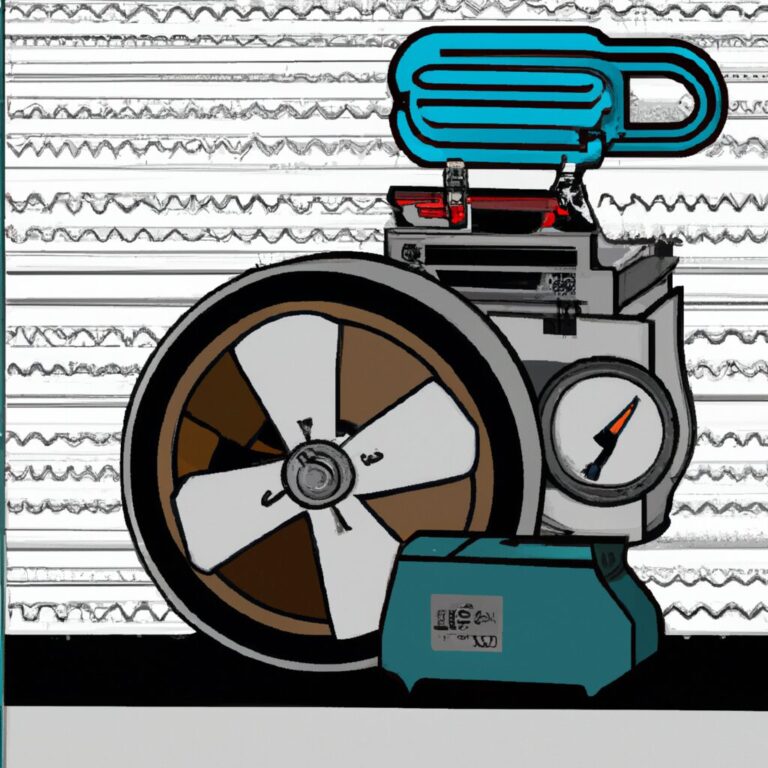Why Is Wheel Alignment Crucial for Vehicle Handling?
Proper wheel alignment is crucial for vehicle handling as it ensures stability and control on the road.
Importance Of Wheel Alignment
Safety And Control
Proper wheel alignment enhances safety by ensuring stability and precise handling.
Tire Longevity
Correct wheel alignment promotes even tire wear, extending their lifespan.

Credit: ledoms.com
Effects Of Improper Alignment
Proper wheel alignment is crucial for vehicle handling as it affects steering response, tire wear, and fuel efficiency. Improper alignment can lead to uneven tire wear, poor handling, and compromised safety on the road, impacting the overall performance and driving experience of the vehicle.
Regular wheel alignments are essential to maintain optimal handling and ensure a smooth, safe ride.
Improper wheel alignment can have significant effects on your vehicle’s handling and overall performance. Not only does it affect your safety on the road, but it can also lead to costly repairs and reduced fuel efficiency. Understanding the effects of improper alignment can help you appreciate the importance of getting regular alignments for your vehicle.
Uneven Tire Wear
One of the most noticeable effects of improper wheel alignment is uneven tire wear. When your wheels are not properly aligned, certain areas of the tires will bear more weight and pressure than others. This can cause the tires to wear down faster on these specific areas, leading to uneven tread wear patterns.
This uneven wear can result in a myriad of problems. Firstly, it can compromise your vehicle’s grip on the road, making it more difficult to maintain control, especially in wet or slippery conditions. Secondly, it can significantly decrease the lifespan of your tires, meaning you’ll have to replace them more frequently, adding to your expenses.
Poor Handling
Another effect of improper wheel alignment is poor handling. When your wheels are not aligned correctly, it can cause your vehicle to pull to one side or the other. This can make your steering feel off-center and require constant readjustment, making the driving experience less comfortable and more challenging.
Poor handling can also result in difficulty maintaining stability at higher speeds or when navigating corners. This can compromise your overall safety on the road and increase the risk of accidents, as your vehicle may not respond as expected to steering inputs.
Additionally, improper alignment can contribute to excessive vibration and a rougher ride. This can make your driving experience less enjoyable and cause discomfort to both driver and passengers.
Signs Of Misaligned Wheels
One of the crucial aspects of vehicle maintenance is wheel alignment. Proper wheel alignment not only enhances the overall performance and handling of the vehicle but also ensures a safer driving experience. Signs of misaligned wheels can indicate the need for immediate attention to prevent further damage. Let’s take a closer look at the common signs that you should be aware of.
Vehicle Pulling
When your wheels are misaligned, you may notice your vehicle pulling to one side while driving on a straight road. This occurs due to uneven weight distribution and can be quite dangerous, especially when you’re driving on busy roads or highways. It’s essential to address this issue promptly to prevent accidents and tire wear unevenly.
Uneven Steering
Misaligned wheels can have a noticeable impact on the steering wheel. If you find yourself constantly adjusting the steering to keep the vehicle straight, it’s a clear indication that your wheels are misaligned. This uneven steering can not only be inconvenient but also affect your ability to control the vehicle properly. Timely alignment can rectify this issue and ensure a smoother driving experience.

Credit: autohausboulder.com
Wheel Alignment Process
Proper wheel alignment is essential for optimal vehicle handling and performance. One crucial aspect of maintaining wheel alignment is understanding the wheel alignment process, which involves an initial assessment and adjustment procedure.
Initial Assessment
- Technicians evaluate the angles of the wheels
- Inspect tire wear patterns
- Check for steering responsiveness
Adjustment Procedure
- Utilize specialized equipment
- Adjust camber, toe, and caster angles
- Ensure precise alignment to manufacturer specifications
Maintenance And Frequency
Regular wheel alignment is essential for keeping your vehicle’s handling in top condition. Maintaining proper alignment ensures that your car or truck drives smoothly and safely, improving fuel efficiency and extending the life of your tires. To achieve optimal performance, it’s important to adhere to routine inspections and recommendations from automotive experts.
Routine Inspections
Preventive maintenance is key to preserving your vehicle’s handling and stability. Scheduling routine wheel alignment inspections as part of your regular maintenance program can help avoid potential issues down the road. By identifying and correcting alignment problems early, you can minimize wear and tear on your vehicle’s suspension and steering components.
Recommendations
For most drivers, it’s recommended to have a wheel alignment performed at least once a year or every 12,000 miles, whichever comes first. However, certain factors such as driving on rough terrain, hitting potholes, or experiencing an impact should prompt immediate attention to your vehicle’s alignment. Consulting with a professional mechanic to determine the ideal frequency of alignment checks based on your driving habits and environmental conditions is crucial for maintaining optimal vehicle handling.

Credit: www.facebook.com
Frequently Asked Questions On Why Is Wheel Alignment Crucial For Vehicle Handling?
Why Is Alignment Important In A Vehicle?
Proper alignment in a vehicle ensures even tire wear, improves handling, and prevents steering issues.
How Does Wheel Alignment Affect Handling?
Wheel alignment affects handling by ensuring that the wheels are properly positioned. This helps to maintain stability and control, especially when steering, braking, and driving on uneven surfaces. Proper wheel alignment reduces tire wear, improves fuel efficiency, and enhances overall driving experience.
Why Is It Important To Be In Alignment?
Being in alignment is important because it ensures that your actions, goals, and values are all in sync. This helps you stay focused, motivated, and consistent in achieving your objectives. Alignment also promotes better communication, teamwork, and productivity, leading to overall success in both personal and professional endeavors.
What’s The Most Important Thing With Alignment?
Proper alignment is crucial for vehicle safety, even tire wear, and optimal handling. It enhances performance and prolongs tire life.
Conclusion
Ensuring proper wheel alignment is essential for maintaining optimal vehicle handling and safety. Neglecting alignment can lead to uneven tire wear, decreased fuel efficiency, and compromised steering control. By staying proactive with alignment checks, drivers can enhance the overall performance and longevity of their vehicles.
Prioritizing wheel alignment is key to a smoother and safer driving experience.

